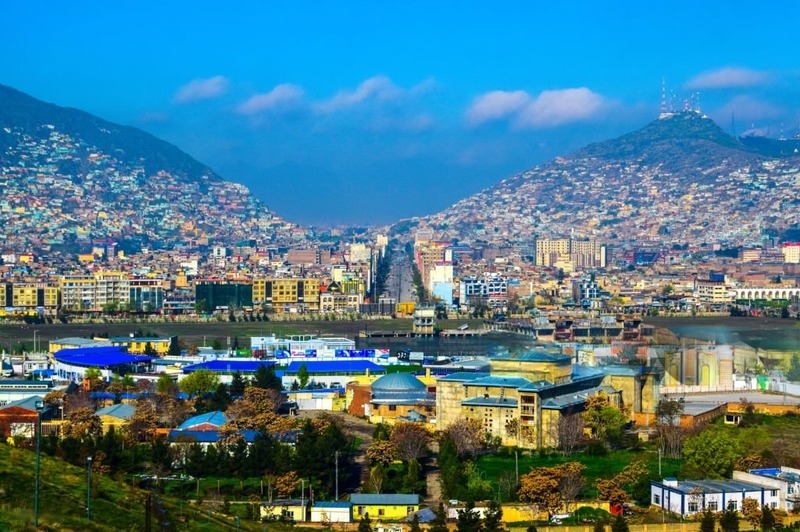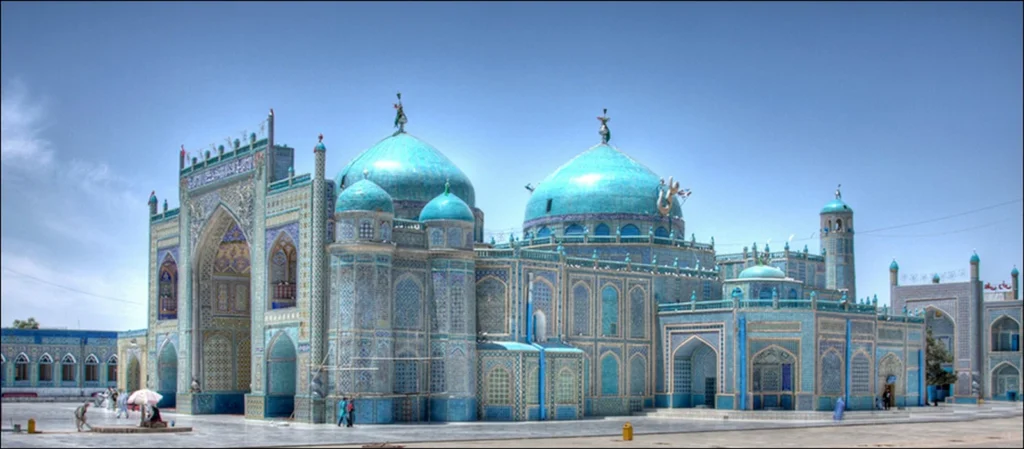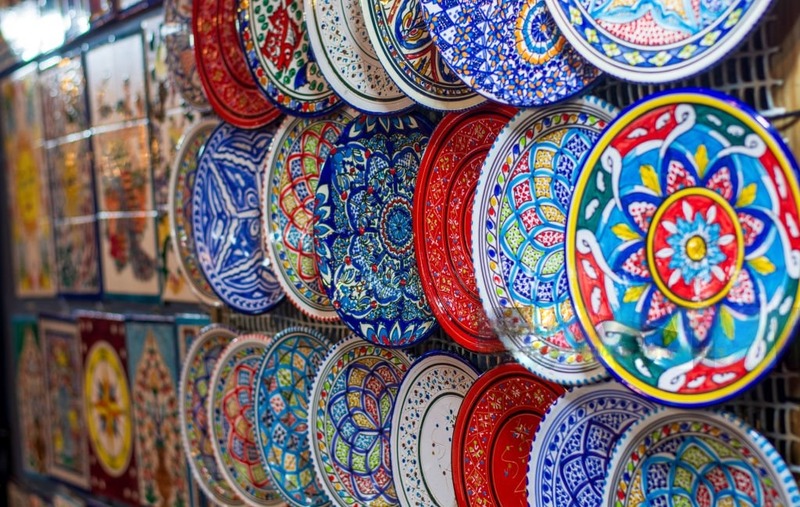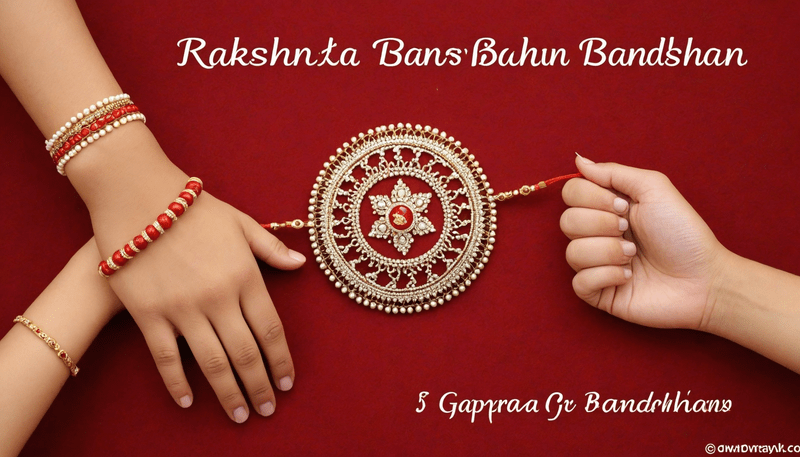Kabul, the capital city of Afghanistan, is a place of incredible depth, history, and spirit. Nestled within the scenic Hindu Kush mountains, this city has seen countless empires rise and fall. Despite facing many challenges over the years, Kabul has remained a living testament to Afghan resilience and cultural richness. Visitors are often surprised by its beauty—not just the natural landscapes but the traditions, art, architecture, and warm hospitality of its people. Kabul and its cultural beauty are more than just relics of the past—they are vibrant expressions of a heritage that continues to shape lives today.
A Glimpse into Kabul’s Rich History
Kabul is one of the oldest cities in the world, with a history that stretches back over 3,500 years. It was once part of the Achaemenid Empire under Darius I and later became a vital location along the Silk Road. This allowed Kabul to serve as a meeting point for traders, scholars, and cultures from the Middle East, Central Asia, and South Asia. The city has witnessed the rule of great empires, from the Mauryas and Kushans to the Ghaznavids, Mughals, and Durranis.
One of the most significant eras in Kabul’s history came under the Mughal Empire. Emperor Babur, the founder of the Mughal dynasty, fell in love with the city’s scenic beauty and chose it as his final resting place. His deep connection with Kabul is a reflection of how the city was viewed as a jewel in the region. The 20th century brought modernization and cultural reform to Kabul, with art, music, and literature flourishing before decades of conflict began. Yet, even during difficult times, the spirit of Kabul’s culture never died.

Cultural Landmarks That Define Kabul
Gardens of Babur
The Gardens of Babur, or “Bagh-e Babur,” are among the most peaceful and historical places in Kabul. Built in the 16th century, this terraced garden is the resting place of Emperor Babur. The site reflects Persian-style architecture and was once filled with flowing water, trees, and colorful flowers. Though damaged over the years, the garden has been restored and is now a popular spot for families and tourists to relax and connect with history.
Darul Aman Palace
Another iconic landmark is Darul Aman Palace, built in the 1920s during King Amanullah Khan’s reign. The palace represents a bold vision of modernization with its neoclassical European architecture—a rare sight in Afghanistan at the time. Though the building suffered extensive damage during years of war, it has recently been renovated and reopened to the public. It now stands tall as a symbol of Afghan pride and cultural resilience.
National Museum of Afghanistan
The National Museum of Afghanistan is a treasure trove of history. It houses over 80,000 artifacts, from ancient Buddhist sculptures and Islamic calligraphy to items from the Greco-Bactrian era. Despite being looted during the civil war, major efforts have been made to recover and restore these precious artifacts. A visit here provides a deep look into Afghanistan’s multi-layered history and the cultural wealth of Kabul.
Pul-e Khishti Mosque is the largest mosque in Kabul and a stunning example of Islamic architecture. Its blue dome and spacious prayer halls attract worshippers and visitors alike. The mosque is not just a religious site but a community hub where people gather, pray, and share moments of peace and unity.
Abdul Rahman Mosque
Built in the early 2000s, the Abdul Rahman Mosque is one of the most modern and beautiful mosques in the city. It features traditional Afghan elements in its design and can accommodate over 10,000 worshippers. The mosque adds to the religious and architectural beauty of Kabul.

Kabul The Heart of Afghan Traditions
Kabul and its cultural beauty can’t be understood without exploring its people and traditions. Despite modern influences, many Afghans still follow age-old customs that reflect pride in their heritage.
Traditional Clothing Men in Kabul often wear the perahan tunban (a long shirt with baggy trousers), while women wear colorful dresses with embroidery, known as chapan or khet partug. Women also often wear headscarves or chadors, particularly in public spaces. During special events or festivals, traditional outfits shine with vibrant colors, patterns, and jewelry. Music and Poetry Afghan music is deeply emotional, often telling stories of love, loss, and hope. Instruments like the rubab, tabla, and harmonium create soul-touching melodies. Kabul has long been a hub for poets and singers. The legacy of famous poets like Khushal Khan Khattak and Rabia Balkhi is still celebrated today through literary gatherings. Have you ever been to Machu Picchu ?
Pashtunwali – The Cultural Code Pashtunwali is an ancient code of honor followed by many in Kabul and across Afghanistan. It includes values like hospitality (melmastia), bravery (turah), and justice (badal). These principles guide everyday life and interactions, showing the deep respect Afghans hold for tradition. Afghan Cuisine Food is central to Afghan hospitality. Popular dishes in Kabul include kabuli pulao (a rice dish with raisins and lamb), mantu (steamed dumplings), and ashak (leek-filled pasta). Meals are often shared on the floor, and guests are always served first. A typical Afghan meal ends with green tea and sweets, symbolizing warmth and connection.

Afghan Festivals and Celebrations in Kabul
Despite hardships, Kabul continues to celebrate life with joy and tradition. Cultural festivals are vibrant and full of meaning.
Nowruz – Persian New Year Celebrated on March 21st, Nowruz marks the start of spring and a new year. Families clean their homes, prepare special dishes, and visit parks like the Gardens of Babur. Traditional games, dances, and music performances make this day truly special. Eid Celebrations Eid al-Fitr and Eid al-Adha are major religious holidays in Kabul. These days are marked with prayer, charity, and feasting. Families gather in their finest clothes, exchange gifts, and visit relatives. Mosques are filled with people offering special prayers, creating a sense of unity and peace. Local Crafts and Art Festivals Handicraft exhibitions are common, where local artisans display carpets, pottery, jewelry, and embroidery. These festivals not only promote Afghan art but also help sustain traditional skills passed down through generations.
The Art and Soul of Kabul
Art in Kabul is a powerful expression of identity, struggle, and hope. From detailed carpets to colorful calligraphy, creativity thrives here.
Afghan Carpets Known worldwide for their quality and beauty, Afghan carpets are handwoven masterpieces. Kabul hosts many carpet markets where designs reflect tribal patterns and local stories. These carpets are not just household items—they are works of cultural pride. Calligraphy and Painting Islamic calligraphy, often seen in mosques and homes, is considered a sacred art form. Artists in Kabul blend traditional calligraphy with modern styles, expressing spirituality and culture. You’ll also find contemporary paintings and murals that reflect social themes and national identity. Craftsmanship Metalwork, wood carving, and glassware are other notable crafts in Kabul. Local workshops often pass these skills from father to son, preserving ancient techniques. The growth of artisan cooperatives in the city also helps women learn and earn through craft-making.
Kabul’s Role in Modern Afghan Culture
As the capital, Kabul sets the tone for Afghan cultural progress. The city is home to universities, cultural centers, and creative movements that aim to preserve tradition while embracing the future. Educational Institutions Universities like Kabul University and the American University of Afghanistan host cultural programs, art exhibitions, and literature festivals. They provide a platform for young Afghans to explore and express their heritage. Youth and Media Young artists, filmmakers, and writers are using media to tell Afghan stories. From documentaries to podcasts, Kabul’s youth are ensuring that Afghan culture is seen, heard, and celebrated worldwide. Cultural Centers Organizations like the Afghanistan National Institute of Music and the French Cultural Center in Kabul offer training, performances, and exhibitions that keep art alive and accessible.

Explore Secrete and Lesser-Known Cultural Spots
Beyond the famous landmarks, Kabul is filled with smaller cultural treasures. Chihil Sutun Palace A lesser-visited palace with a rich history, Chihil Sutun is surrounded by a garden and was once used for state functions. Its architecture and setting are perfect for peaceful reflection. Murad Khani District This old neighborhood is undergoing preservation to maintain its historic homes, wooden balconies, and narrow streets. Walking here feels like stepping back in time. Bibi Mahroo Hill For panoramic views and a quiet space to reflect, Bibi Mahroo Hill is a hidden spot. Locals often climb it for picnics or to watch the sunset over the city.
Challenges and Hopes for Kabul’s Cultural Preservation
Decades of war and political instability have damaged many cultural sites in Kabul. Museums have been looted, historical buildings bombed, and artisans displaced. However, the spirit to rebuild remains strong. International and local organizations are working to protect Kabul’s heritage. The Aga Khan Trust for Culture, UNESCO, and local NGOs are restoring sites like the Gardens of Babur and offering training in traditional crafts. Cultural preservation is not just about buildings—it’s about identity, history, and pride. And Kabul, despite all odds, is fighting to keep its cultural flame alive.
Conclusion
Kabul and its cultural beauty are reflections of a nation that refuses to forget its soul. From ancient landmarks to modern art, from festive celebrations to daily traditions, the city offers a journey unlike any other. Though challenges remain, hope lives in the hearts of Kabul’s people. For travelers, historians, and culture lovers, Kabul is a city worth exploring and cherishing. Do you know Kabul International Airport. Its stories, colors, and spirit leave a lasting impression. Plan your cultural journey to Kabul today—and become part of a timeless legacy that continues to inspire.



